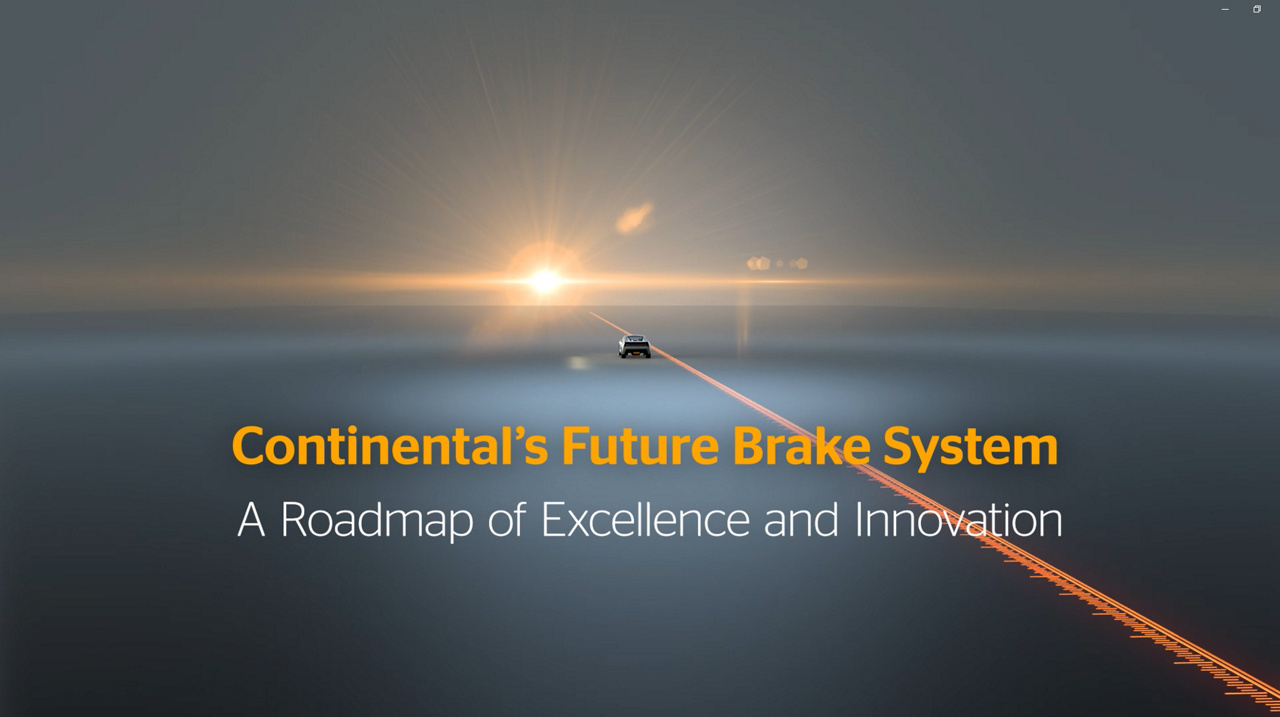Brake systems are becoming increasingly intelligent so they can meet the future needs and requirements of automated driving and electrification. First implementations will happen in next-generation vehicles with a modified architecture. This functional requires a profound understanding of new vehicle architectures in order to combine uncompromising safety and sustainability in future brake systems. In the long-term, brake systems become modular and distributed. Continental is therefore in the middle of the driver seat. Due to excellent collaboration with many automobile manufacturers (OEMs) we will be able to shape the future of brakes.
Vehicles are currently being reconceived. Global megatrends are driving these efforts: Vehicle architecture is changing with the electrification of the powertrain and the growing capabilities of automated driving (AD). Digitalization and connectivity are fundamentally realigning the electrical and electronic architecture (E/E architecture) of vehicles, which is increasingly based on software – because it’s the software which, in future, will define the character of cars and the driving experience! Bytes take the place of horsepower. Apps and services are expanding the car into an immersive experience that’s steadily becoming safer and more comfortable.







